An organic compound 'A' has molecular formula C9H13NO and it can be resolved into enatiomers. A does not decolourise bromine water solution. A on reflxing with dilute H2SO4 yields another resolable compound B(C9H14O3) which gives effervescence with NaHCO3. B on treatemet with NaBH4 yields C(C9H16O3) on heating with concentrated H2O4 yields ester D(C9H14O2). Compound A on reduction with LiAIH4, followed by treatement of H2SO4 yields following compound:
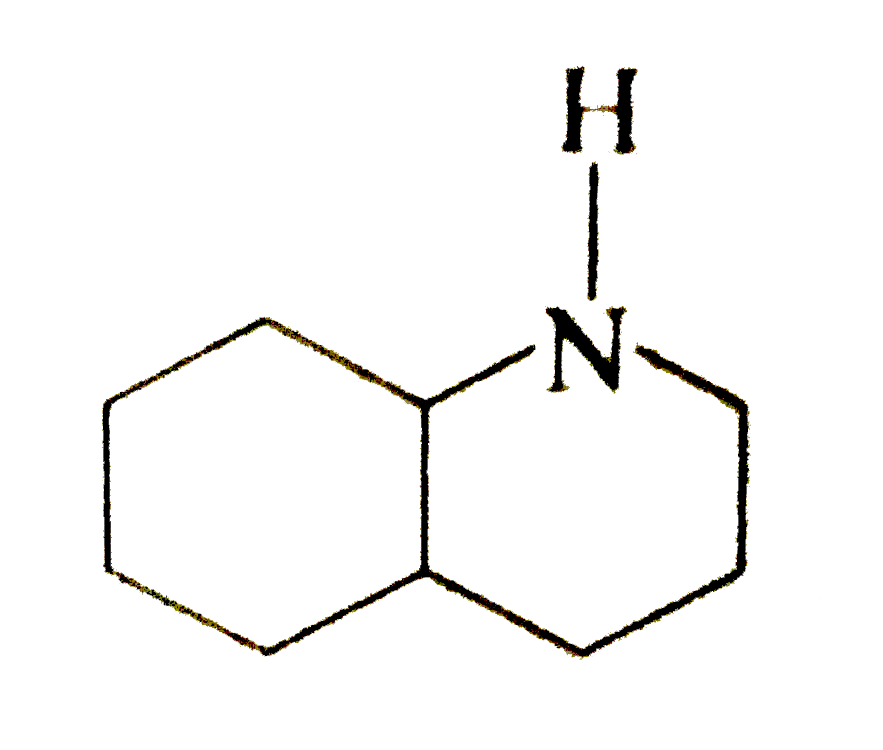
Due to reduction of optically pure 'B' two isomeric product 'C' form. Isomeric product 'C' are:
Enantiomers
Diastereomers
Position isomers
Functional isomers
The correct Answer is:B
Step by step video, text & image solution for An organic compound 'A' has molecular formula C_(9)H_(13)NO and it can be resolved into enatiomers. A does not decolourise bromine water solution. A on reflxing with dilute H_(2)SO_(4) yields another resolable compound B(C_(9)H_(14)O_(3)) which gives effervescence with NaHCO_(3). B on treatemet with NaBH_(4) yields C(C_(9)H_(16)O_(3)) on heating with concentrated H_(2)O_(4) yields ester D(C_(9)H_(14)O_(2)). Compound A on reduction with LiAIH_(4), followed by treatement of H_(2)SO_(4) yields following compound: Due to reduction of optically pure 'B' two isomeric product 'C' form. Isomeric product 'C' are: by Chemistry experts to help you in doubts & scoring excellent marks in Class 12 exams.
Updated on:21/07/2023Topper's Solved these Questions
- AMINESBook:HIMANSHU PANDEYChapter:AMINESExercise:Match The Column
Explore 9 Videos
- AMINESBook:HIMANSHU PANDEYChapter:AMINESExercise:Integer Answer Type Problems
Explore 5 Videos
- AMINESBook:HIMANSHU PANDEYChapter:AMINESExercise:More Than One Correct (Q.26 To Q.30)
Explore 5 Videos
- ALCOHOLS AND ETHERSBook:HIMANSHU PANDEYChapter:ALCOHOLS AND ETHERSExercise:Subjective Type Problems
Explore 10 Videos
- AROMATIC HYDROCARBONSBook:HIMANSHU PANDEYChapter:AROMATIC HYDROCARBONSExercise:Subjective Type Problems
Explore 9 Videos
Similar Questions
Knowledge Check
An organic compound 'A' has molecular formula C9H13NO and it can be resolved into enatiomers. A does not decolourise bromine water solution. A on reflxing with dilute H2SO4 yields another resolable compound B(C9H14O3) which gives effervescence with NaHCO3. B on treatemet with NaBH4 yields C(C9H16O3) on heating with concentrated H2O4 yields ester D(C9H14O2). Compound A on reduction with LiAIH4, followed by treatement of H2SO4 yields following compound:
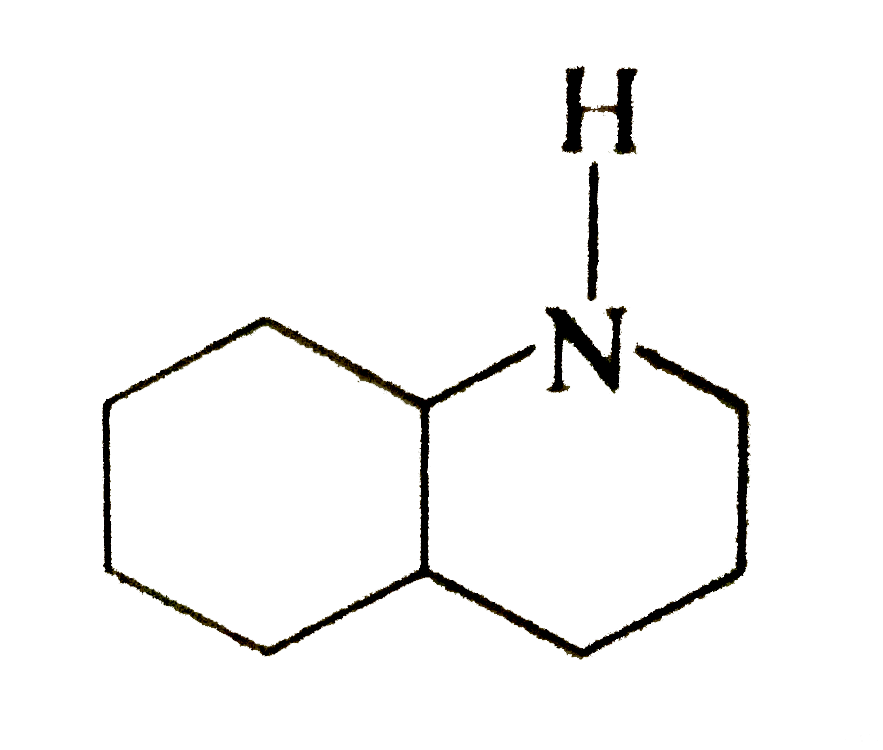
Find out structure of compound 'A' :A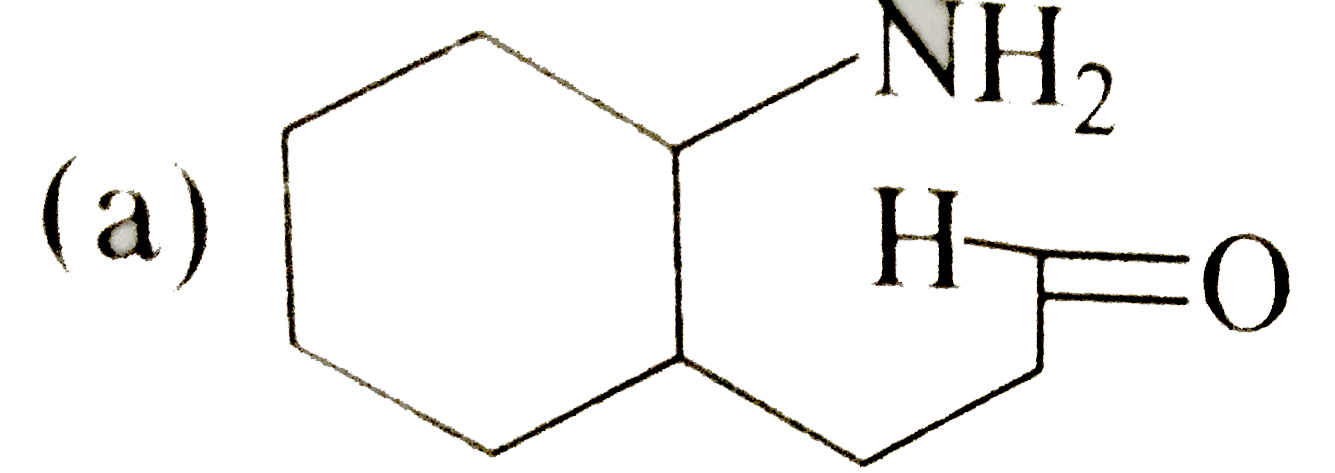 B
B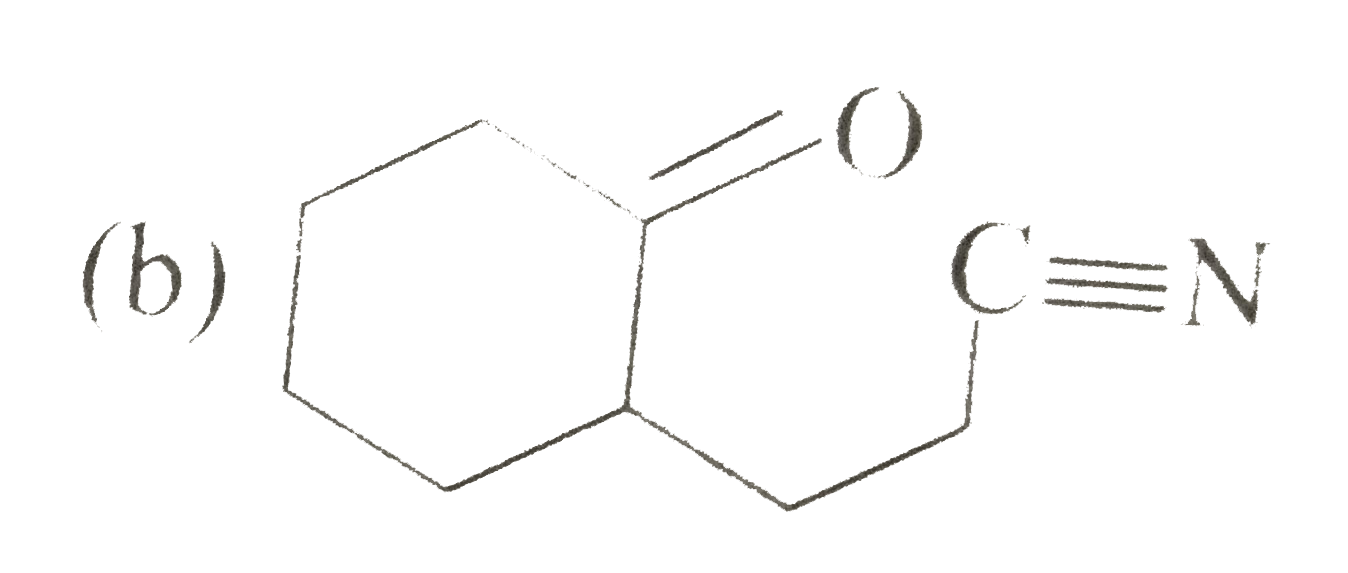 C
C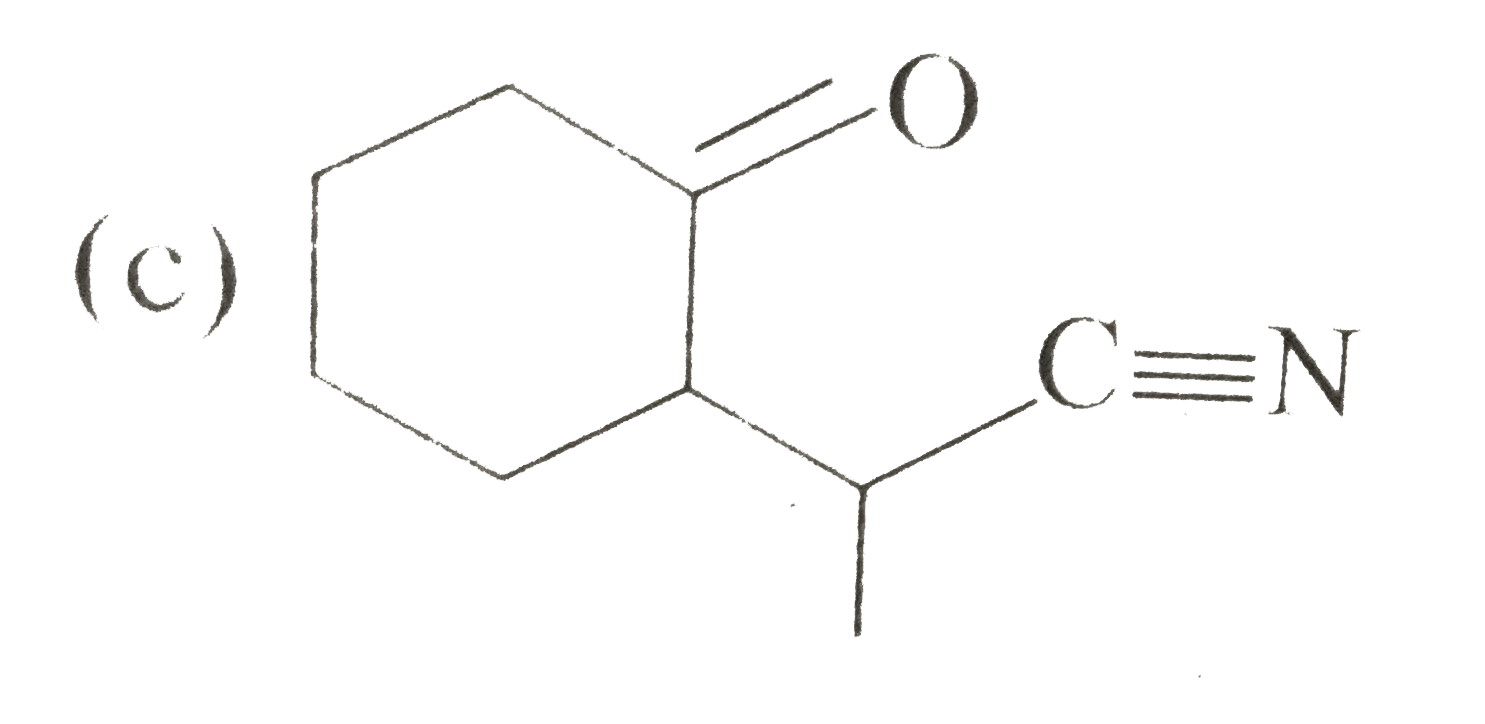 D
D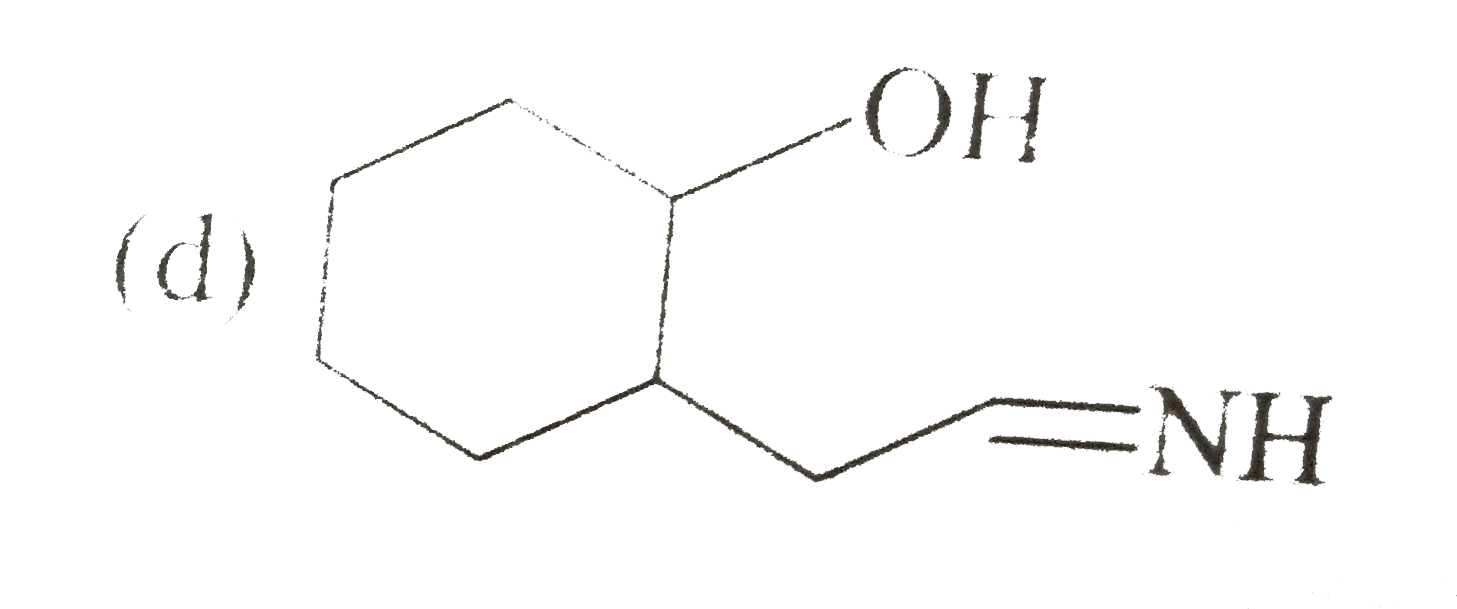
An organic compound 'A' has molecular formula C9H13NO and it can be resolved into enatiomers. A does not decolourise bromine water solution. A on reflxing with dilute H2SO4 yields another resolable compound B(C9H14O3) which gives effervescence with NaHCO3. B on treatemet with NaBH4 yields C(C9H16O3) on heating with concentrated H2O4 yields ester D(C9H14O2). Compound A on reduction with LiAIH4, followed by treatement of H2SO4 yields following compound:
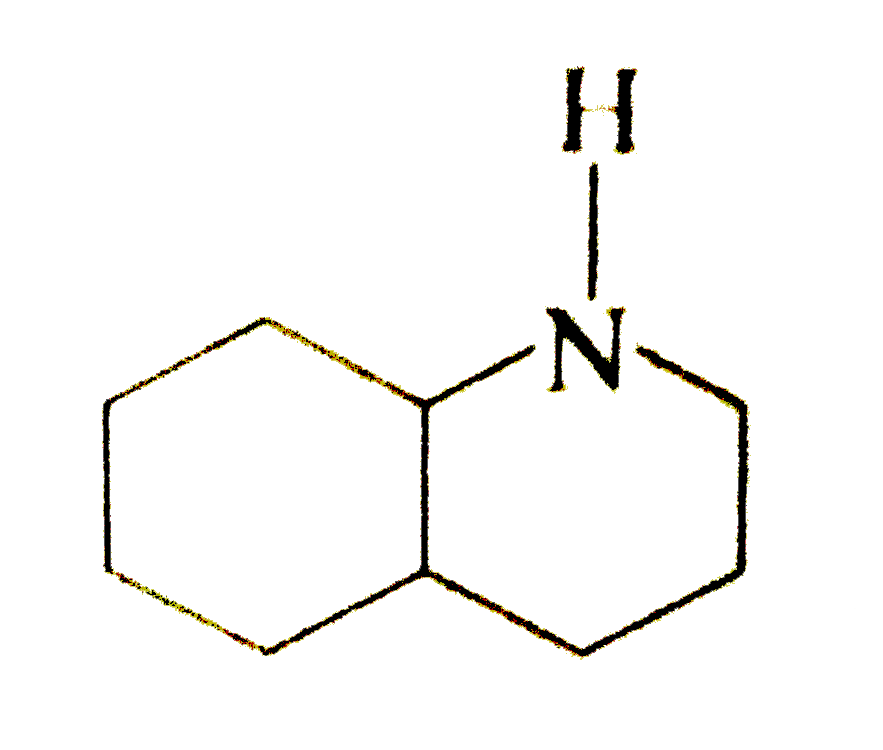
The sweet smelling neutral compound D is:A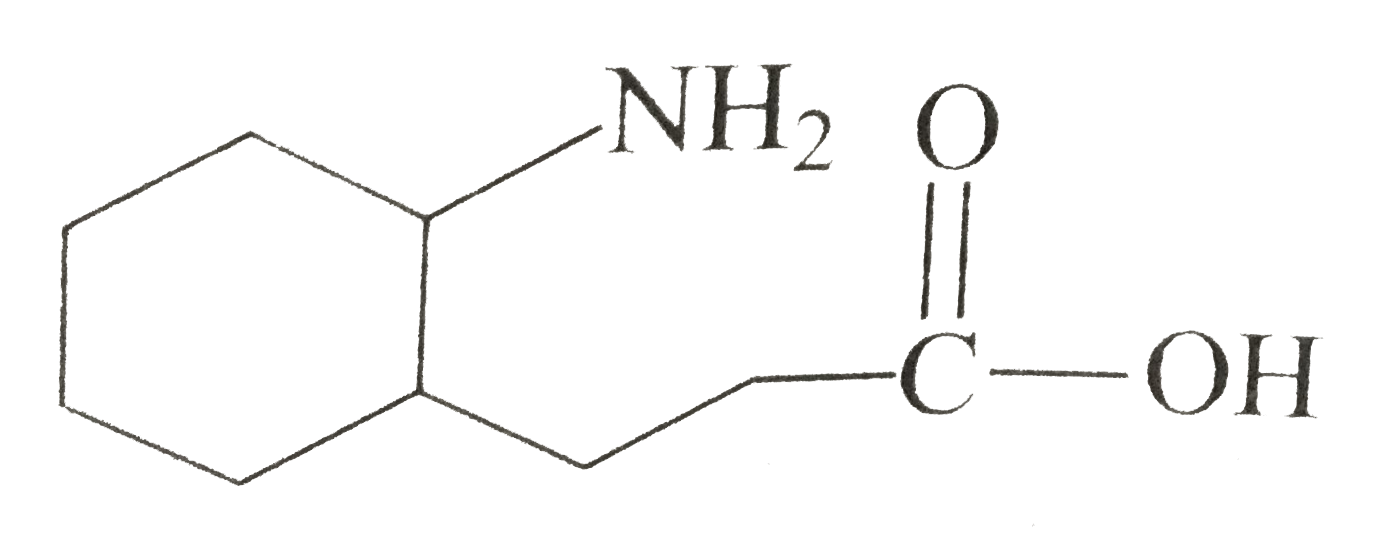 B
B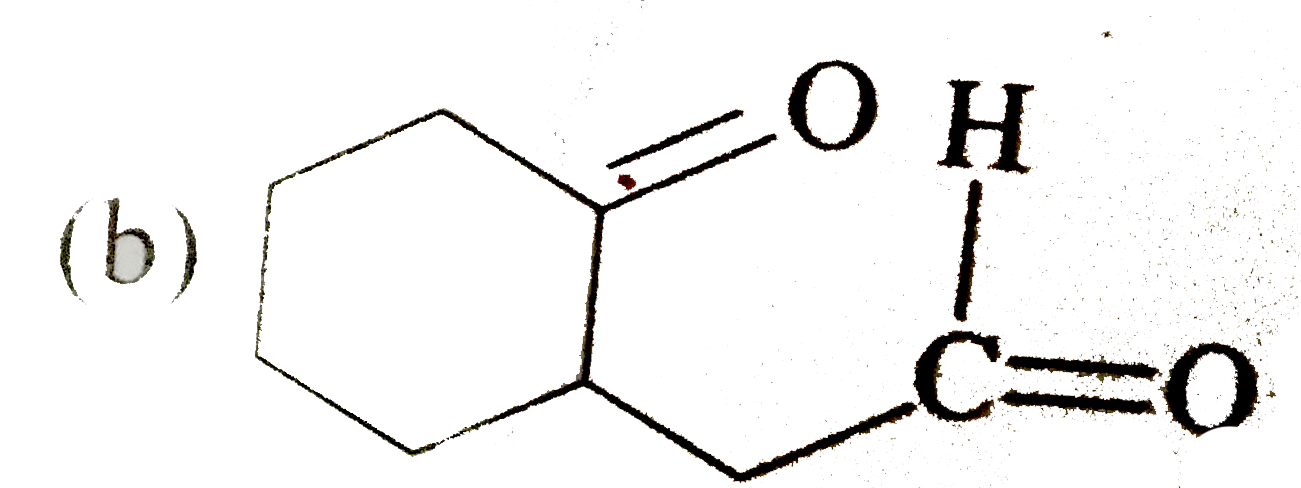 C
C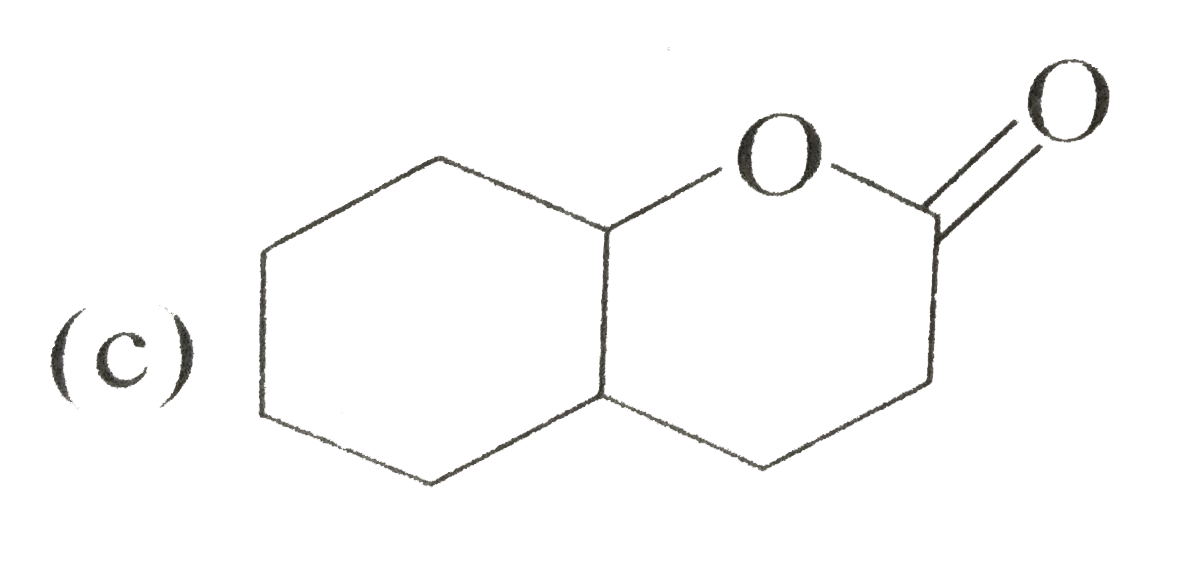 D
D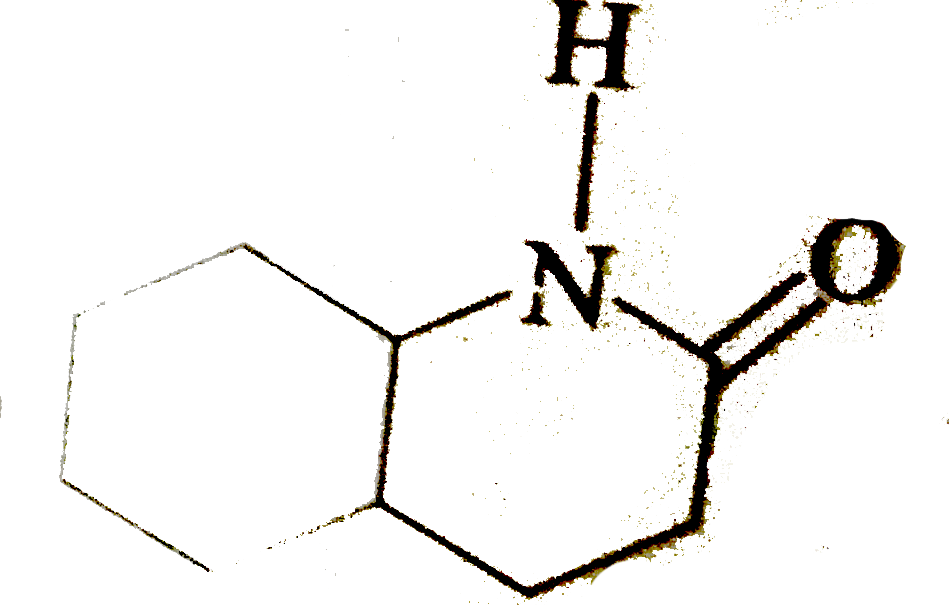
An organic compound having the molecular formula C2H4O2 is
Aformic acidBacetic acidCethyl acetateDpropionic acid
An organic compound A has molecular formula C10H17Br and it is non-resolvable. A does not decolourize brown colour of bromine water solution. A on treatement with (CH3)2COK/(CH3)3COH yields B as majot product. B on treatment with H2/Pt yields (C10H16) which on treatment with CI2/hv yields three monochloro derivative. Also B on boiling with acidic permanganate solution yields C(C10H16O3)C. on heating with sodalime yields D(C9H16O).D on reducing with LiAIH4 followed yields C(C10H16O3).C on heating with sodalime yields D(C9H16O).D on reducing with LiAIH4 followed by heating product with concentrated H2SO4 yields E(C9H16) as major product. E on treatment with ozone followed by work-up with Zn−H2O yields 6-Ketononanal.
Compound B is:
View SolutionAn organic compound A has molecular formula C10H17Br and it is non-resolvable. A does not decolourize brown colour of bromine water solution. A on treatement with (CH3)2COK/(CH3)3COH yields B as majot product. B on treatment with H2/Pt yields (C10H16) which on treatment with CI2/hv yields three monochloro derivative. Also B on boiling with acidic permanganate solution yields C(C10H16O3)C. on heating with sodalime yields D(C9H16O).D on reducing with LiAIH4 followed yields C(C10H16O3).C on heating with sodalime yields D(C9H16O).D on reducing with LiAIH4 followed by heating product with concentrated H2SO4 yields E(C9H16) as major product. E on treatment with ozone followed by work-up with Zn−H2O yields 6-Ketononanal.
Compound C is:
View SolutionAn organic compound A has molecular formula C10H17Br and it is non-resolvable. A does not decolourize brown colour of bromine water solution. A on treatement with (CH3)2COK/(CH3)3COH yields B as majot product. B on treatment with H2/Pt yields (C10H16) which on treatment with CI2/hv yields three monochloro derivative. Also B on boiling with acidic permanganate solution yields C(C10H16O3)C. on heating with sodalime yields D(C9H16O).D on reducing with LiAIH4 followed yields C(C10H16O3).C on heating with sodalime yields D(C9H16O).D on reducing with LiAIH4 followed by heating product with concentrated H2SO4 yields E(C9H16) as major product. E on treatment with ozone followed by work-up with Zn−H2O yields 6-Ketononanal.
Compound D is:
View SolutionAn organic compound A has molecular formula C10H17Br and it is non-resolvable. A does not decolourize brown colour of bromine water solution. A on treatement with (CH3)2COK/(CH3)3COH yields B as majot product. B on treatment with H2/Pt yields (C10H16) which on treatment with CI2/hv yields three monochloro derivative. Also B on boiling with acidic permanganate solution yields C(C10H16O3)C. on heating with sodalime yields D(C9H16O).D on reducing with LiAIH4 followed yields C(C10H16O3).C on heating with sodalime yields D(C9H16O).D on reducing with LiAIH4 followed by heating product with concentrated H2SO4 yields E(C9H16) as major product. E on treatment with ozone followed by work-up with Zn−H2O yields 6-Ketononanal.
Compound A is:
View SolutionCompound 'X' with the molecular formula C3H8O on vigronous oxidationy yields an acid C3H6O2.
View Solution

